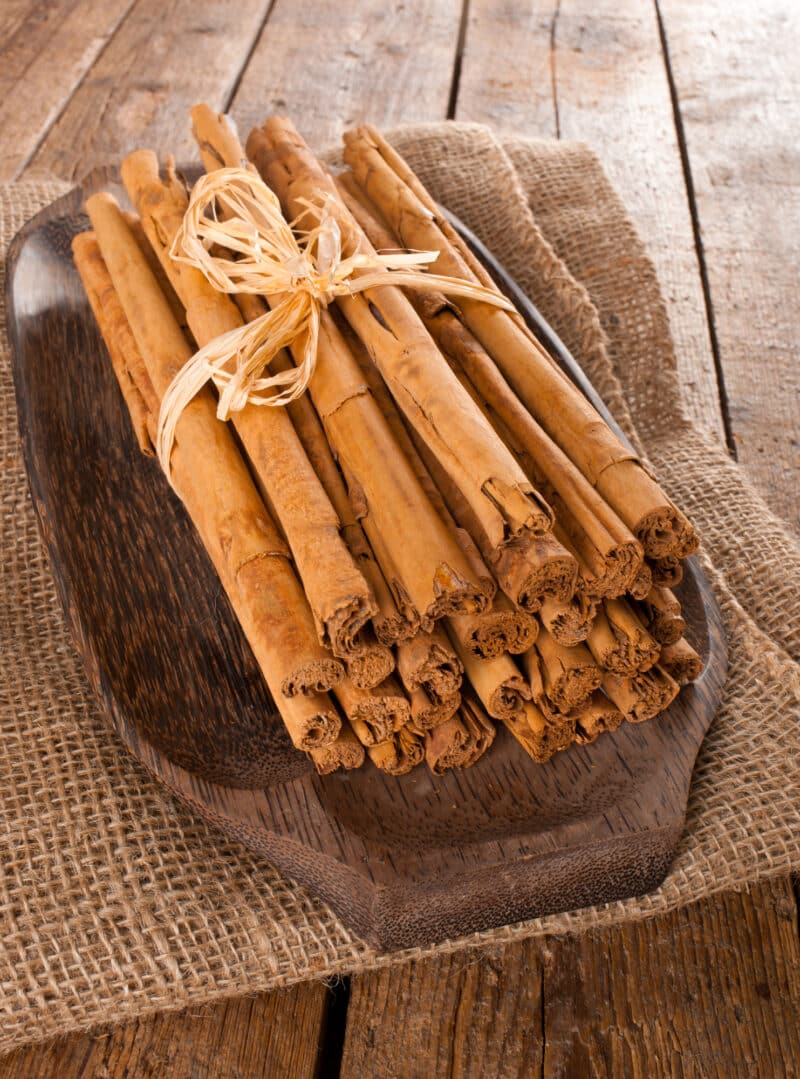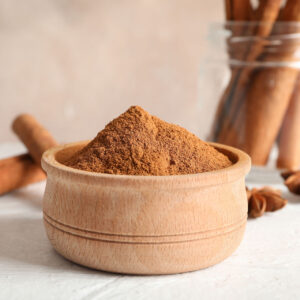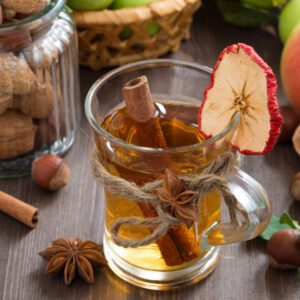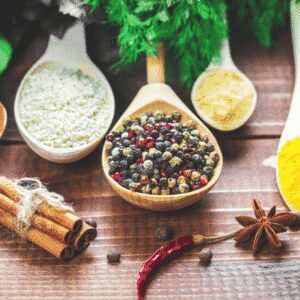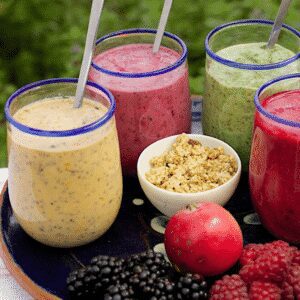Long-known stateside for lending its aromatic, heating qualities to desserts, cinnamon is a popular spice used in sweet but also in savory dishes. What many people don’t realize, however, is that there are multiple varieties that have completely different flavor profiles and organic compounds.
So, what kind should you buy? What kind of cinnamon is right for what you’re looking to do with it? Firstly, let’s take a closer look at what cinnamon is – and isn’t.
Video Overview
What are True Cinnamon and Cassia? What’s the Difference?
Cinnamon is the dried and rolled or ground inner bark of the tree known as Cinnamomum Verum (literally “True Cinnamon” in Latin), which is native to Sri Lanka, the Malabar Coast of India and Burma (also known as Myanmar). Renowned for not only its culinary properties, but also its nutritional, preservative & fragrant attributes, True Cinnamon – sometimes called “Ceylon Cinnamon” – was once the most profitable spice traded by the Dutch East India company. The high demand for the spice before the advent of modern electric refrigeration was partly attributable to its antibacterial compounds which impede the spoilage of meat. In ancient times, it served as an embalming agent and as a perfume or incense for religious rites.
Cassia cinnamon comes in three widely-produced varieties: Indonesian or “Korintje” (Cinnamomum Burmannii), Saigon (Cinnamomum Loureiroi), and Chinese (Cinnamomum Cassia). The Chinese variety is generally the most bitter and has limited culinary applications, although it is commonly used in traditional Chinese medicine.
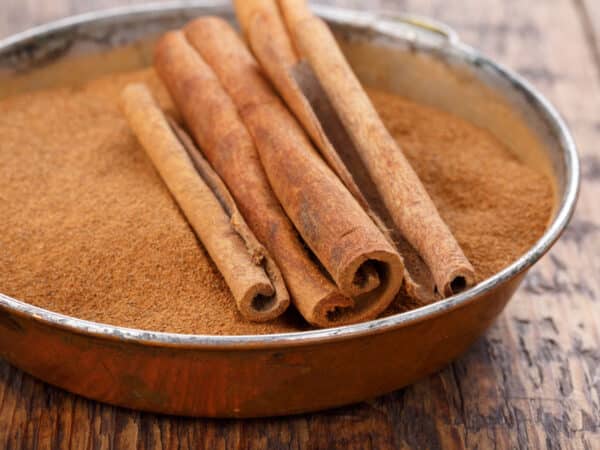
Korintji (or “Korintje”) cassia cinnamon from Indonesia is less bitter and because of its sweetness & relatively strong flavor (as compared to Ceylon Cinnamon) is popular in American baking: because it contrasts well with sugar while delivering a cinnamon-flavored wallop thanks it to its higher amounts of cinnamaldehyde – the active constituent that gives cinnamon & cassia much of their flavor. Korintji cinnamon is best used for snickerdoodles, cinnamon buns and other traditional American baked goods, because it’s the variety that’s been most commonly used for such fare. Think of it as the most nostalgic variety of cinnamon; what you likely sniffed as a child waiting for cookies to come out of the oven.
Saigon cinnamon is known for its peppery, warm and intense flavor. It’s bitter when used in excess and is generally considered best for Vietnamese or other Asian dishes such as Phở, or as a component of Five Spice powder. This spice – which is generally grown in central Vietnam, far from its namesake city – contains even higher levels of cinnamaldehydes than Korintje, giving it a reputation as the strongest of the culinary-grade cinnamon & cassia varieties.
Ceylon cinnamon is often described as “soft” cinnamon because the dried bark is thinner and more delicate to the touch. True cinnamon has a lighter brown hue and a more complex flavor profile than cassia: some describe it as being floral, fruitier and gentler-tasting, with notes of citrus & clove. It can be used in every confection or dish that cassia usually is, but will naturally have a more subtle taste. It goes especially well in baked fruit dishes, such as spiced pears or apple pies, and is a favorite for making cinnamon ice cream that isn’t too spicy.
Where Can I Buy Cinnamon?
While each kind of cinnamon or cassia is a bit different from the other varieties, they all have unique uses & profiles that are suited to differing palates and dishes. Pick out your preferred kind or order a few different varieties – from sticks to ground cinnamon, to ready-to-use cinnamon sugar, you can sample them all and decide which cinnamon suits your tastes – all three varieties are available!

